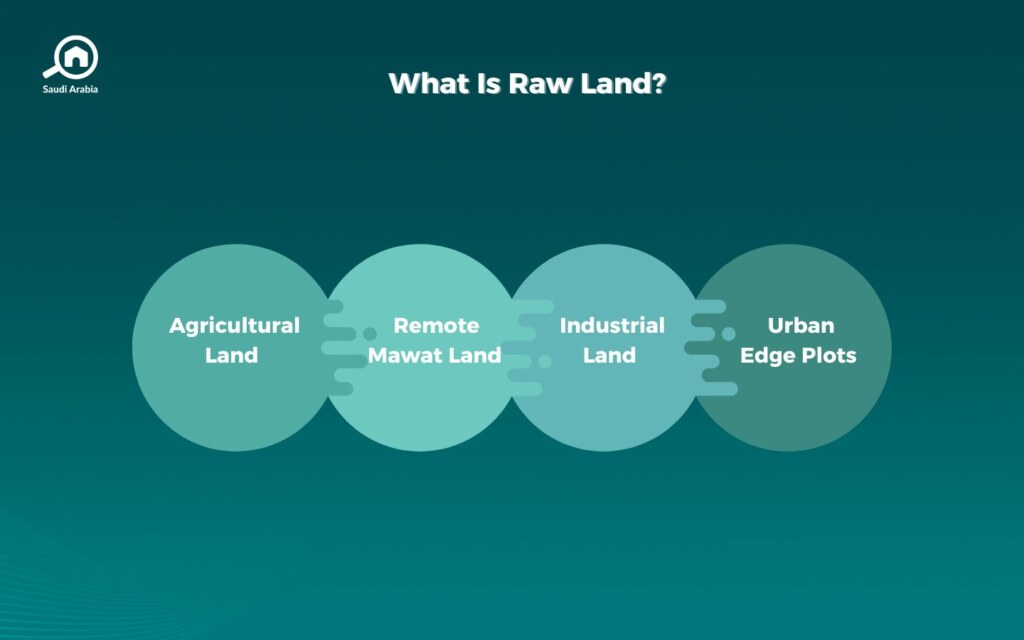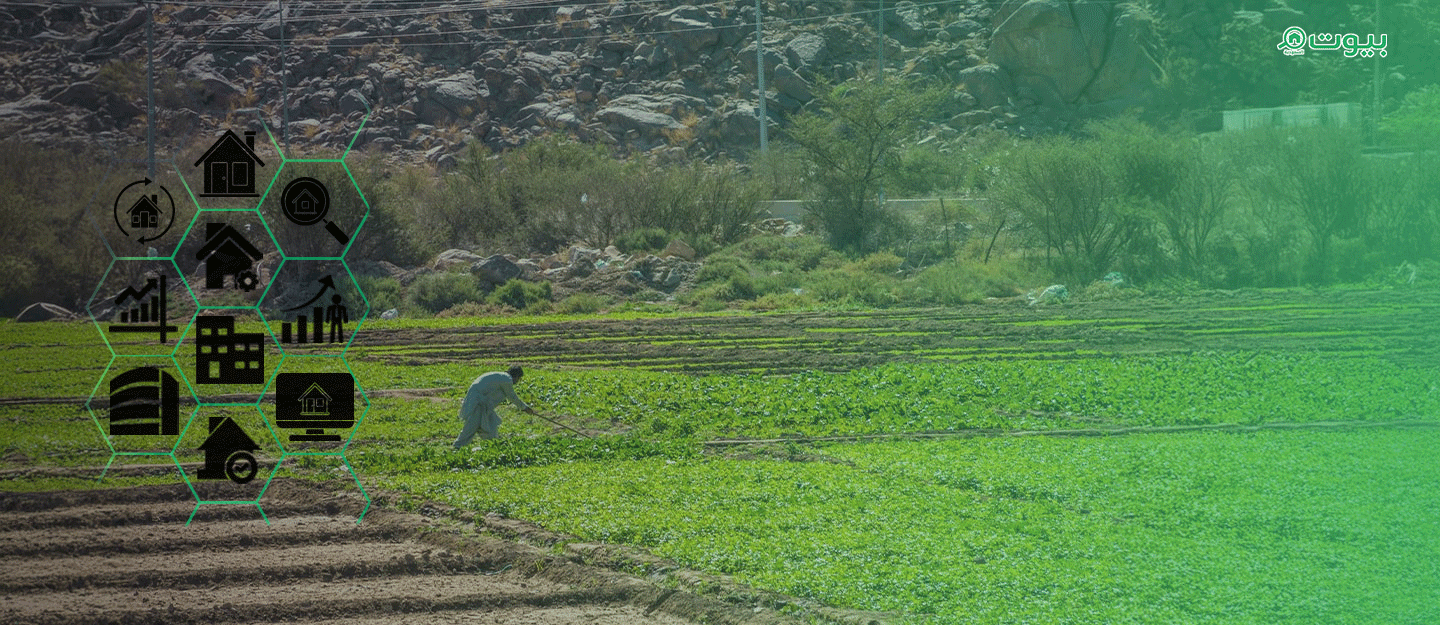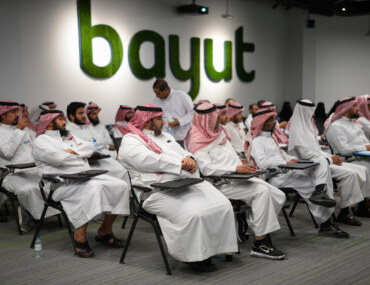Raw Land and White Land play distinct roles in Saudi Arabia’s real estate landscape. Whether you’re an investor, developer, or simply curious about the land around you, understanding these terms (and how they relate to Saudi Arabia’s evolving urban policy and taxation) is essential.
What Is Raw Land?
Raw land is the blank slate of the real estate world: undeveloped, untouched, and full of long-term potential. In Saudi Arabia, this includes desert terrain, agricultural fields, and outlying areas beyond city infrastructure. Often referred to in Islamic legal tradition as mawat land, it has not yet been “revived” or developed.

Types of Raw Land You Should Know
Here are the main types of Raw Land in Saudi Arabia:
- Agricultural land for farming or grazing
- Industrial-designated land
- Remote or desert parcels (mawat)
- Land near urban expansion zones
Why Raw Land Still Matters
Though it may appear barren, raw land holds value. It’s a speculative asset, certainly one that gains potential as nearby areas urbanize. Investors often buy it to:
- Hold for long-term appreciation
- Use for farming or livestock
- Position near future development zones (like NEOM or The Line)
You may also be interested in: Neom the line … a futuristic city in the heart of the middle east
What Is White Land in Saudi Arabia?
White land, or al-aradi al-bayda’, refers to vacant land within urban boundaries that could be developed but isn’t. It’s often fully serviced with roads and utilities, but remains empty due to speculation or disinterest. This category is central to Saudi Arabia’s real estate policy because it directly affects housing supply and urban sprawl.
Raw Land and White Land: What’s the Real Difference?
Below is a table that clearly shows the main differences between Raw Land and White Land:
Feature | Raw Land | White Land |
|---|---|---|
Feature Location | Raw Land Outside city limits | White Land Within urban development zones |
Feature Services | Raw Land Typically lacks infrastructure | White Land Often fully serviced |
Feature Legal Definition | Raw Land Mawat or undeveloped land | White Land Land ready for residential development |
Feature Tax Liability | Raw Land Not subject to White Land Fee | White Land Subject to annual White Land Fee |
The biggest takeaway between Raw Land and White Land is that raw land is all about potential, while white land is about opportunity… or, more accurately, the lack of follow-through on it.
The White Land Tax: A Policy Tool for Urban Growth
Introduced in 2016, the White Land Tax charges a 2.5% annual fee on idle land in major cities like Riyadh and Jeddah. The goal? Curb speculation and push developers to build housing on valuable, serviced land.
The tax only applied to:
- Parcels larger than 10,000 m²
- Residential or mixed-use land
- Land within city planning limits
What’s New in the White Land Fee System?
Recent reforms introduced in 2025 gave the policy more strength. Key changes include:
- Expanded coverage to commercial and other buildable land
- Higher tiered fees – up to 10% annually for long-held idle plots
- Inclusion of vacant developed land in some cases
- Lower size thresholds (as little as 5,000 m²) for taxation
These changes signal a strong government push to make landowners participate in solving Saudi Arabia’s housing demand.

Why This Matters to You
If you’re buying land in Saudi Arabia, you need to know these main notes on Raw Land and White Land:
- Raw land can be a long game, but comes with fewer immediate costs
- White land is an urban investment, but comes with increasing pressure to develop
Saudi Arabia is actively reshaping its cities… and landowners are expected to be part of that transformation.
Choosing Between the Two
Both Raw Land and White Land offer opportunities, but only if you understand what you’re getting into. If you want to hold land long-term and speculate on future growth, raw land might be for you. But if you’re investing in urban areas, white land offers faster potential, and of course, faster obligations.
Keep an eye on the white land fee system, as reforms are ongoing. Whether you’re investing for profit, development, or strategic hold, knowing your land type is the first step toward smart real estate strategy in Saudi Arabia.
Keep exploring Saudi Arabia’s real estate market, trends, and more, through My Bayut.





